Selected Works
“(Fujita) distinguished himself by having a rigorous design objective. It was a kind of synthesis of Bauhaus principles and Japanese sensibility.”
— Milton Glaser
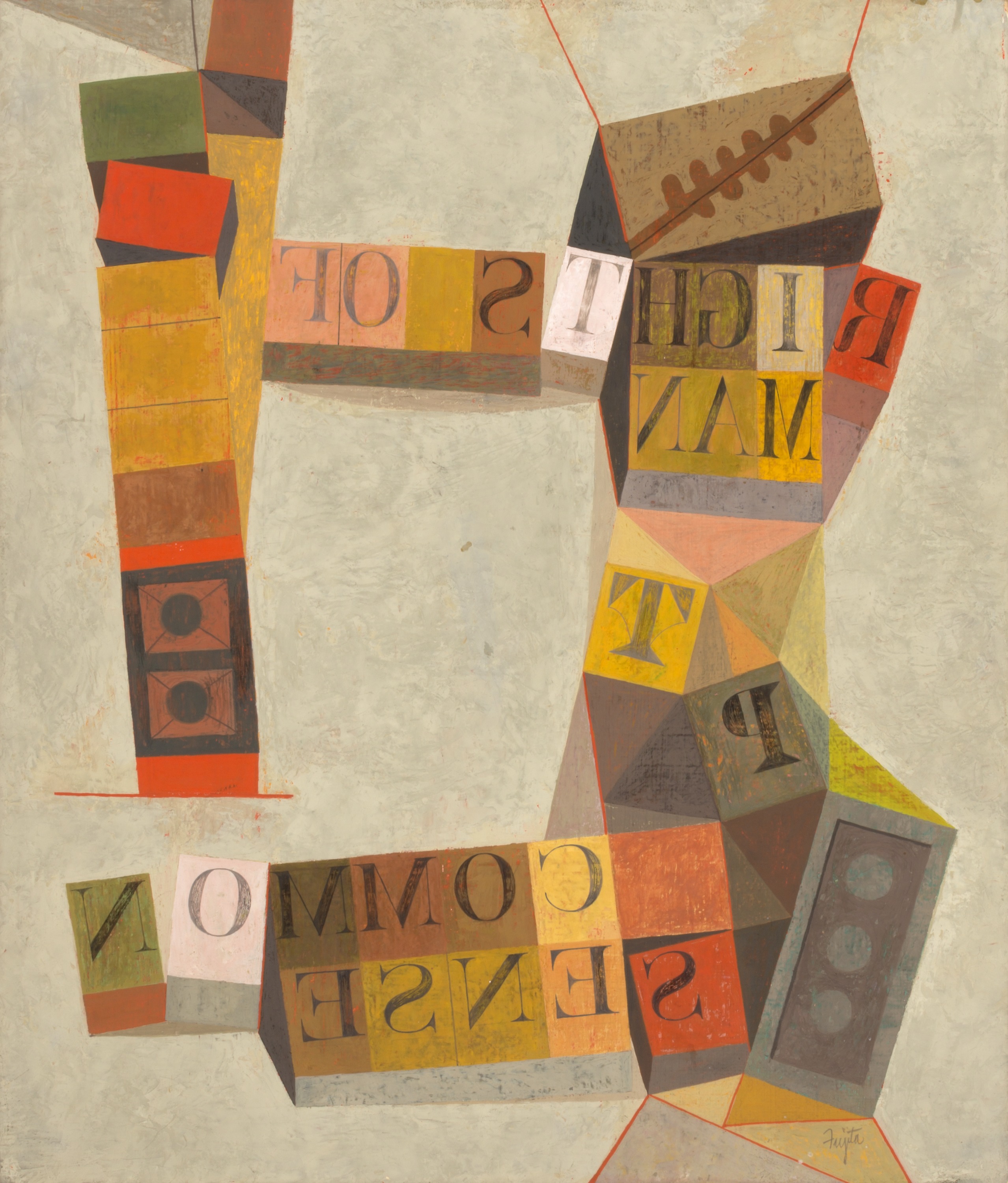
S. Neil Fujita, "What we obtain too cheaply we esteem too lightly; it is dearness only that gives everything its value. Heaven knows how to put a proper price upon its goods; and it would be strange indeed if so celestial an article as freedom should not be highly , 1952, gouache on paperboard, sheet: 21 1/8 x 18 in. (53.8 x 45.8 cm), Smithsonian American Art Museum, Gift of Container Corporation of America, 1984.124.96
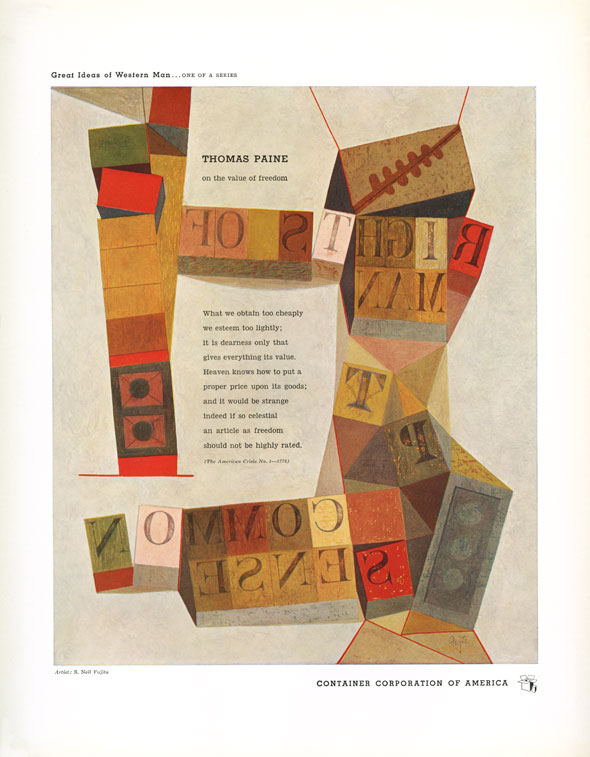
Container Corporation of America
Gold prize, New York Art Directors Club
S. Neil Fujita was a dynamic key player in graphic design whose bold, innovative work defined the boundaries between art and commercial design, shaping American graphic design history. He created a new look and feel to jazz album covers such as Dave Brubeck‘s “Time Out,” Charles Mingus‘ “Mingus Ah Um,” and Miles Davis‘ “Round About Midnight,” as well as iconic book covers such as “The Godfather,” and “In Cold Blood.” Born on the island of Kauai, Hawaii, in 1921 as a Japanese-American Nisei, his journey to devoting himself to art and design started when he started his studies in art and design at Chouinard Art Institute in Los Angeles. That journey was not so easy, though. Like many other Japanese-Americans, his life was disrupted by World War 2 and the issue of Executive Order 9066. While these events do not look to overshadow his prolific portfolio, his works reflect Fujita‘s resilience and fearlessness.
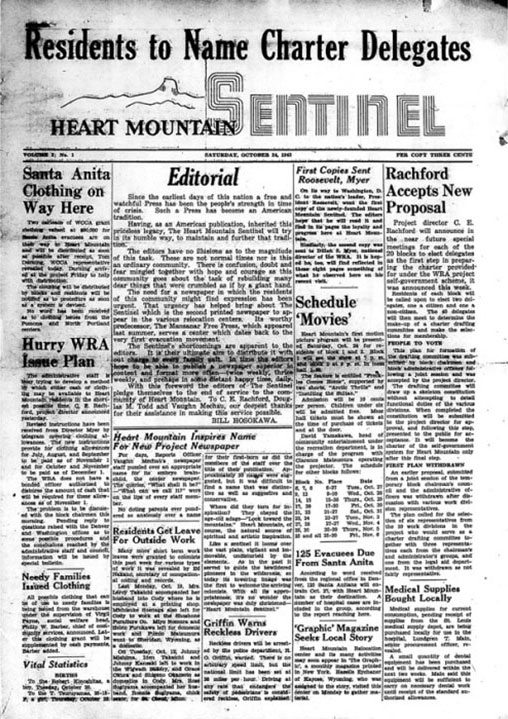
Sentinel
Gold prize, New York Art Directors Club
Volume I, number 1 of the Heart Mountain Sentinel, October 24, 1942. Courtesy of the Library of Congress.
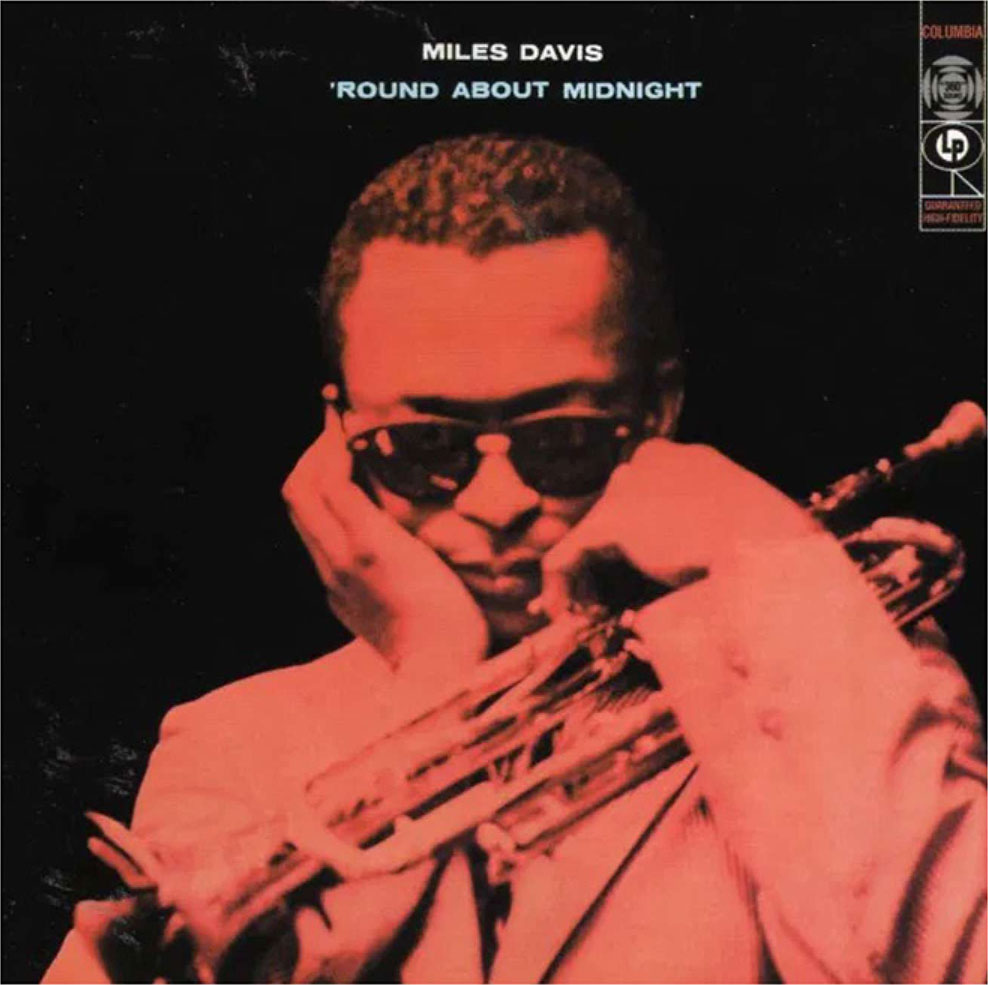
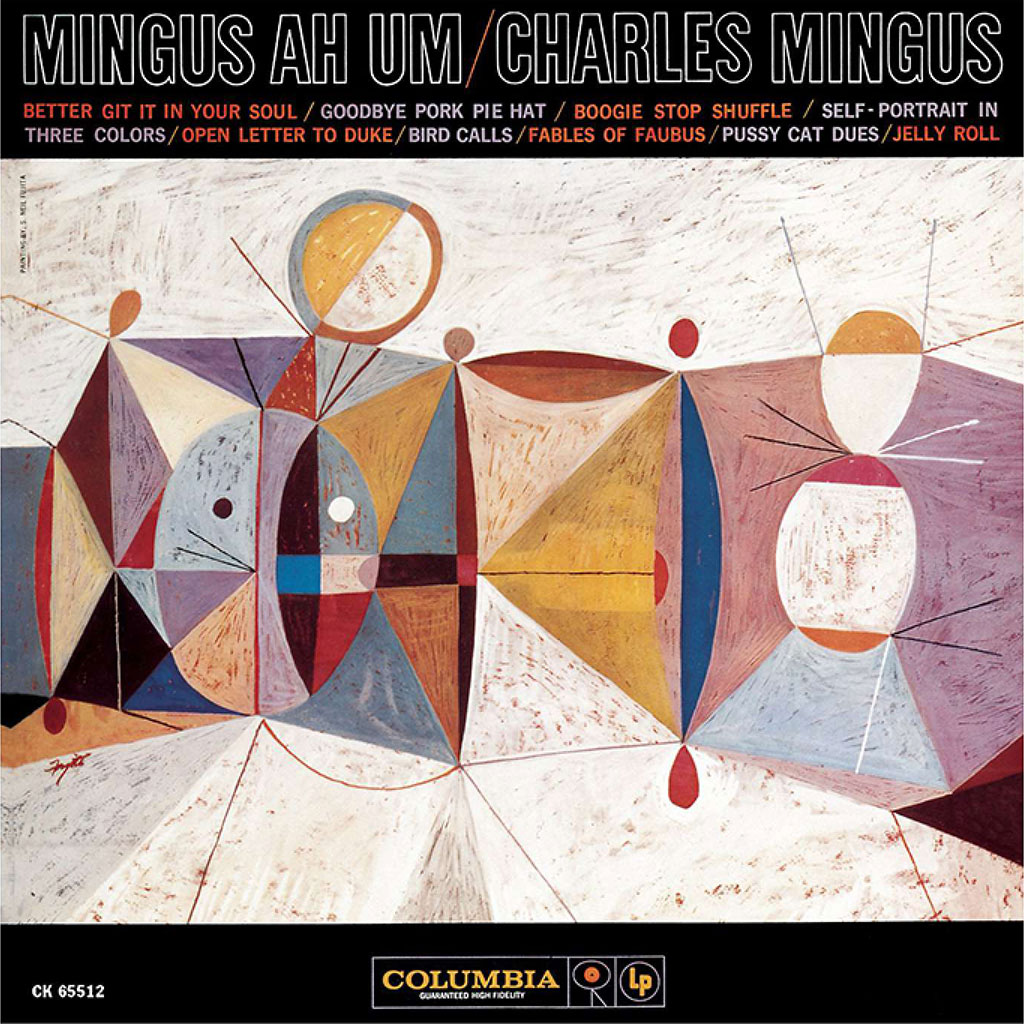
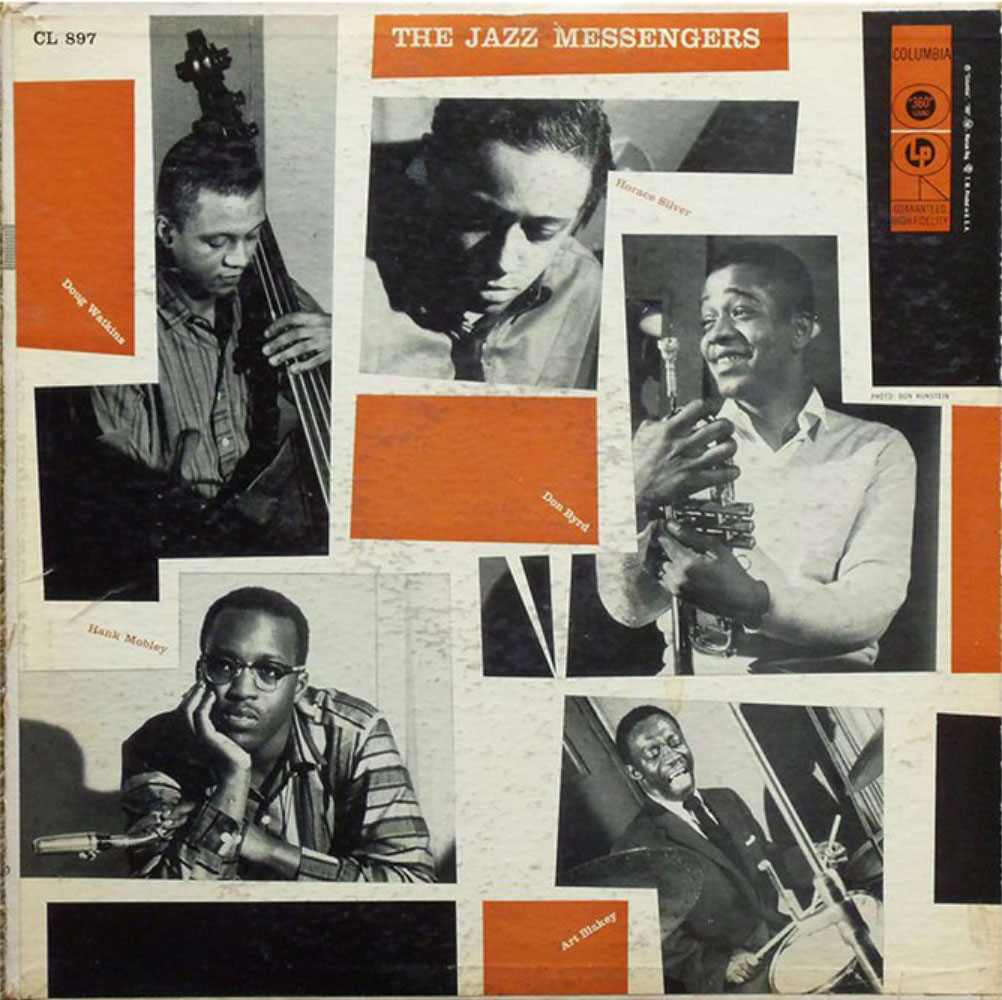
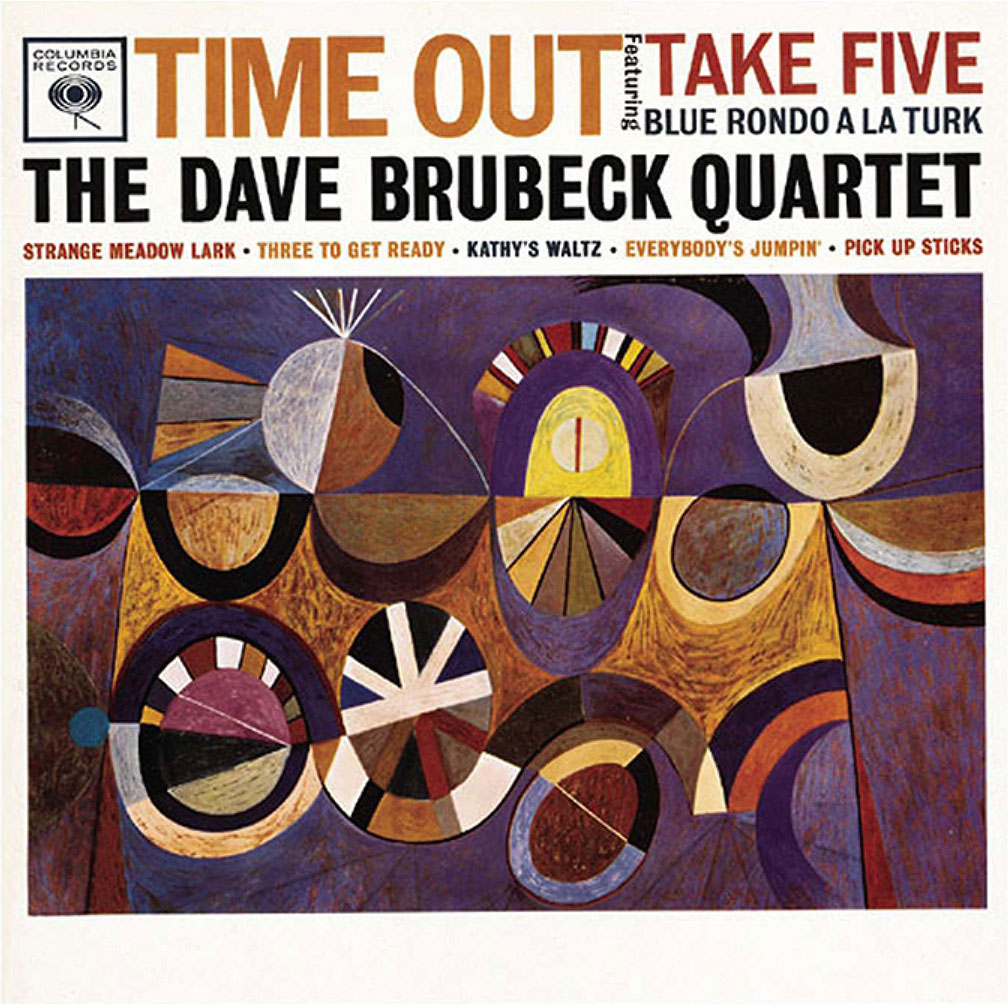
Jazz album covers (Columbia Records)
Gold prize, New York Art Directors Club
S. Neil Fujita was a dynamic key player in graphic design whose bold, innovative work defined the boundaries between art and commercial design, shaping American graphic design history. He created a new look and feel to jazz album covers such as Dave Brubeck‘s “Time Out,” Charles Mingus‘ “Mingus Ah Um,” and Miles Davis‘ “Round About Midnight,” as well as iconic book covers such as “The Godfather,” and “In Cold Blood.” Born on the island of Kauai, Hawaii, in 1921 as a Japanese-American Nisei, his journey to devoting himself to art and design started when he started his studies in art and design at Chouinard Art Institute in Los Angeles. That journey was not so easy, though. Like many other Japanese-Americans, his life was disrupted by World War 2 and the issue of Executive Order 9066. While these events do not look to overshadow his prolific portfolio, his works reflect Fujita‘s resilience and fearlessness.
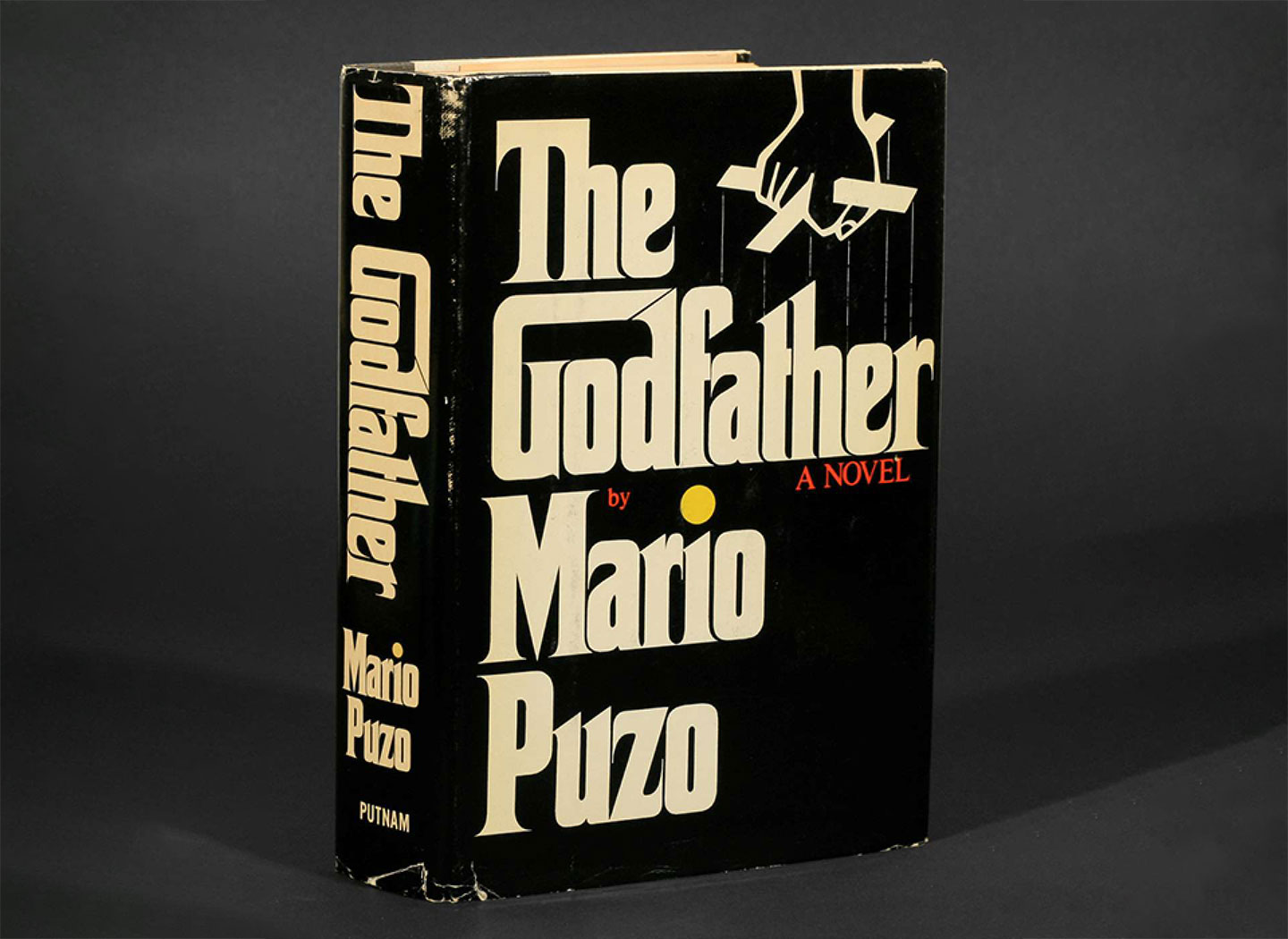
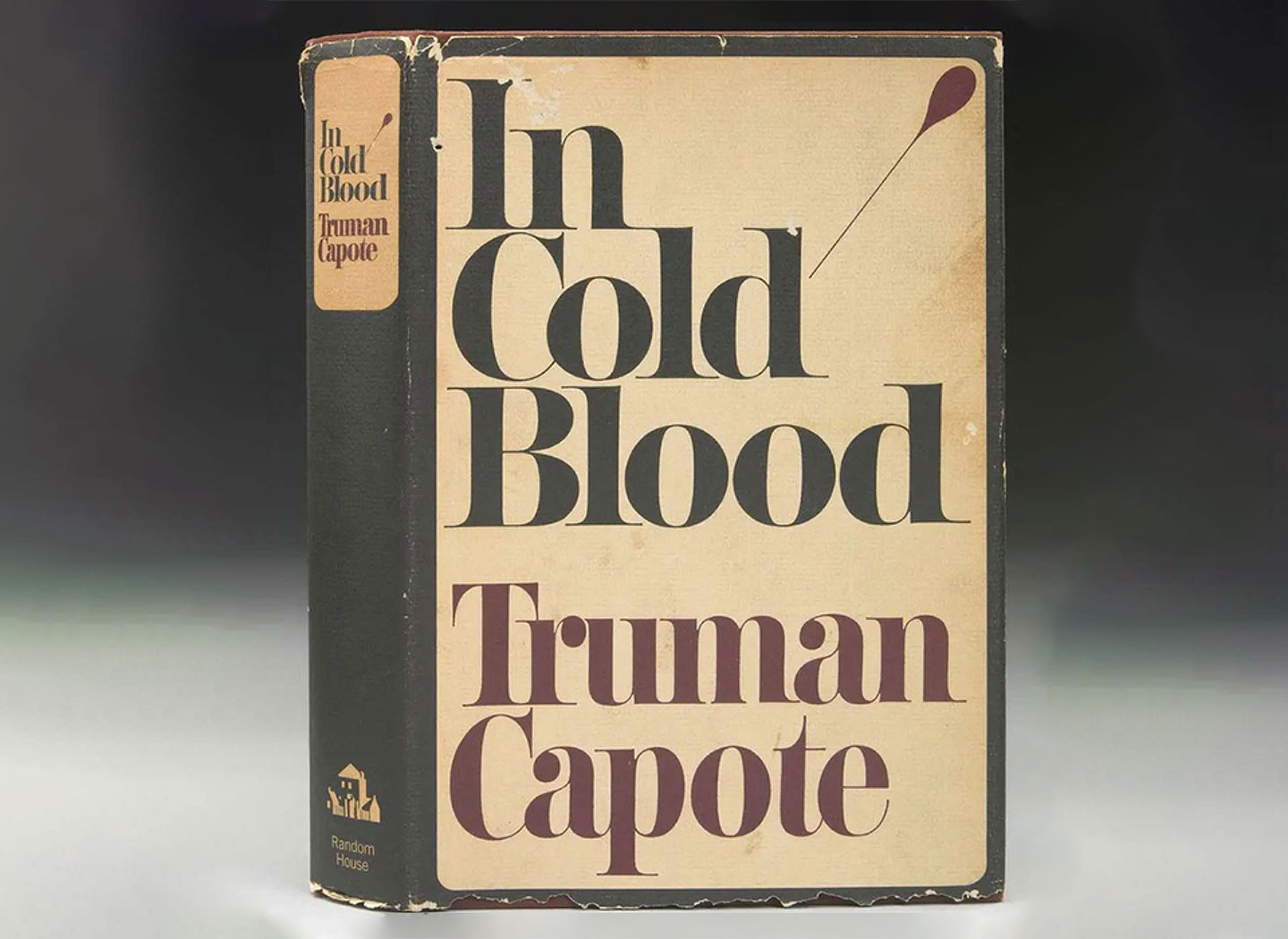

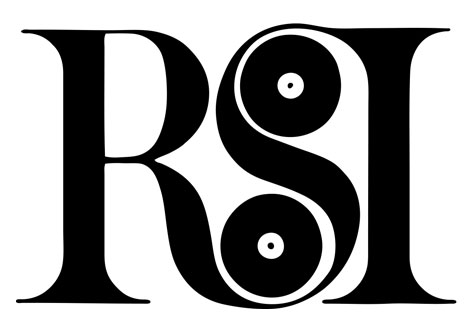
Book covers, (title) logs
Gold prize, New York Art Directors Club
S. Neil Fujita was a dynamic key player in graphic design whose bold, innovative work defined the boundaries between art and commercial design, shaping American graphic design history. He created a new look and feel to jazz album covers such as Dave Brubeck‘s “Time Out,” Charles Mingus‘ “Mingus Ah Um,” and Miles Davis‘ “Round About Midnight,” as well as iconic book covers such as “The Godfather,” and “In Cold Blood.” Born on the island of Kauai, Hawaii, in 1921 as a Japanese-American Nisei, his journey to devoting himself to art and design started when he started his studies in art and design at Chouinard Art Institute in Los Angeles. That journey was not so easy, though. Like many other Japanese-Americans, his life was disrupted by World War 2 and the issue of Executive Order 9066. While these events do not look to overshadow his prolific portfolio, his works reflect Fujita‘s resilience and fearlessness.